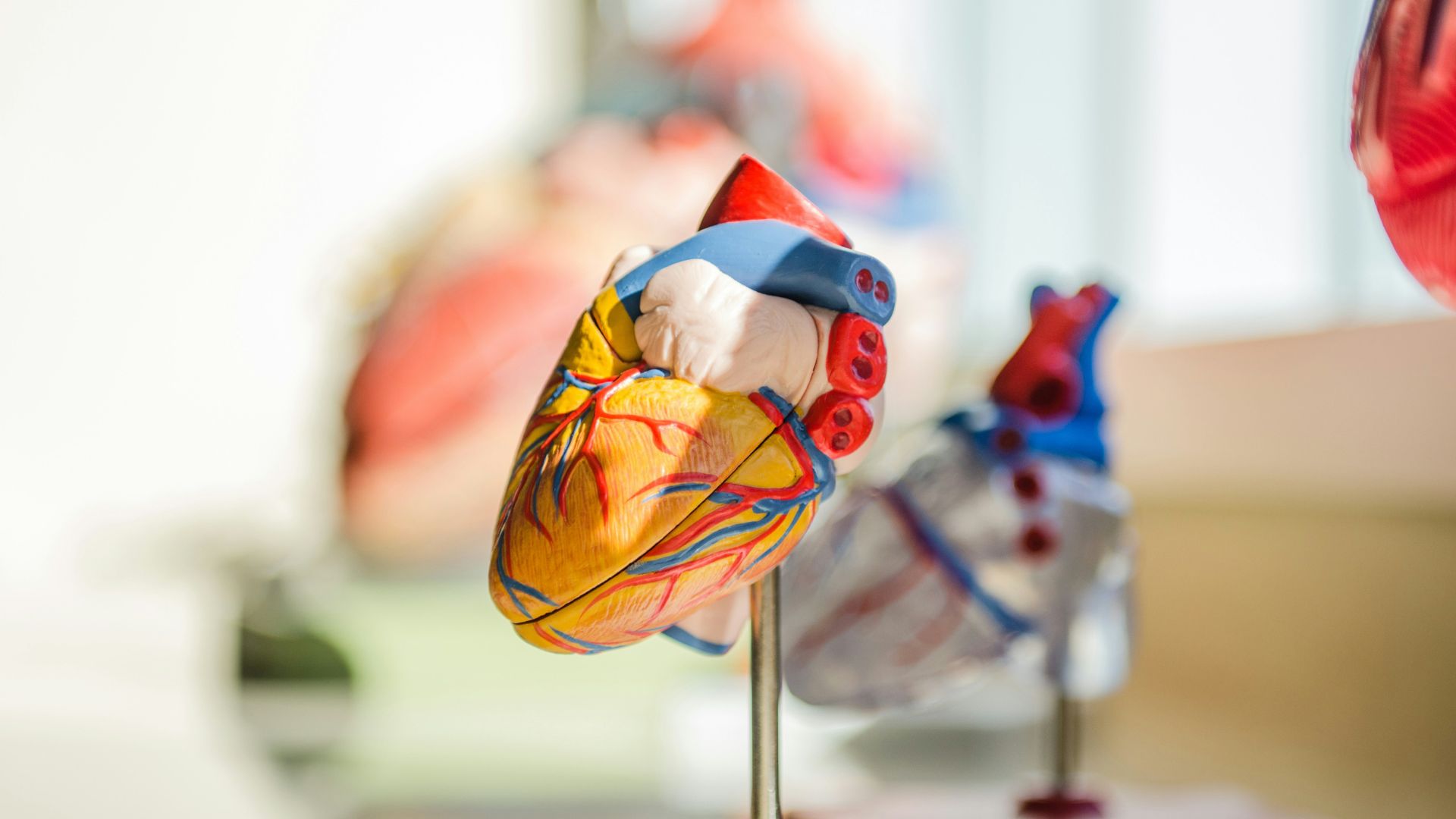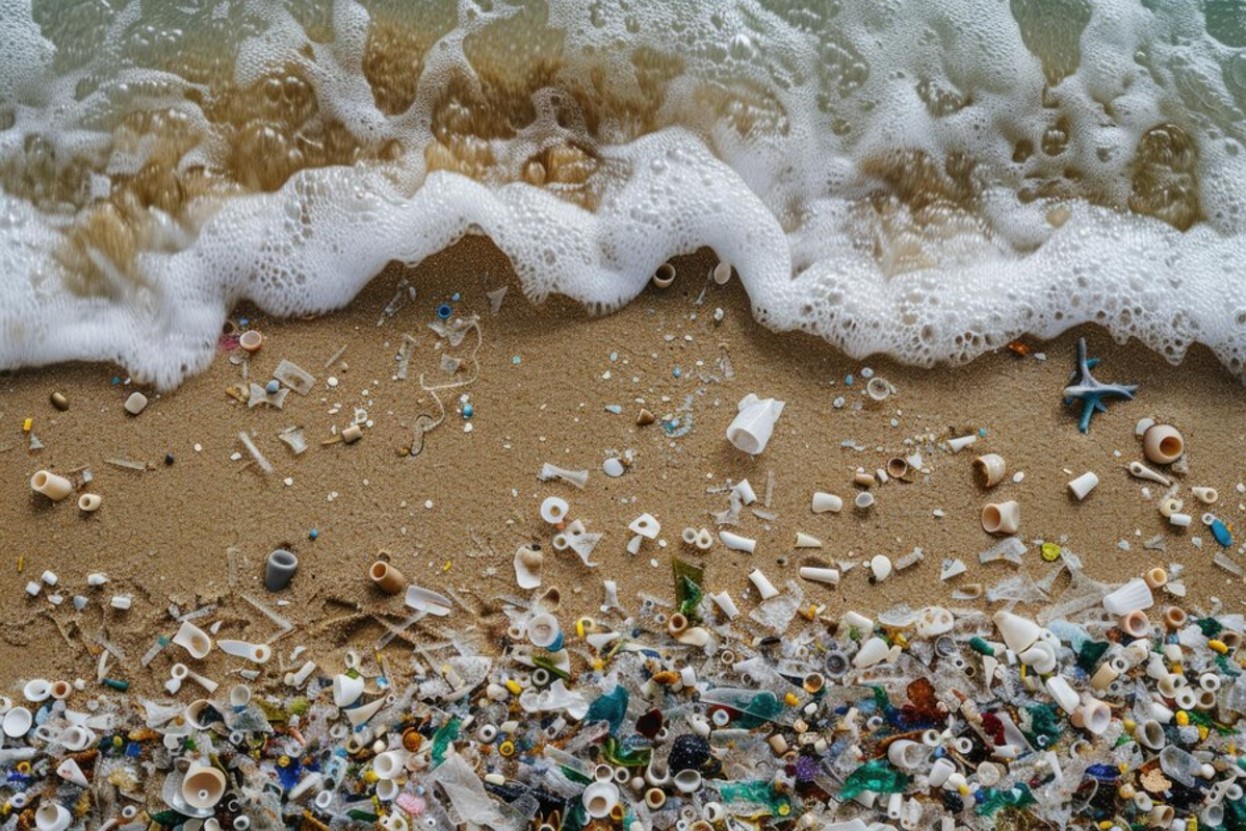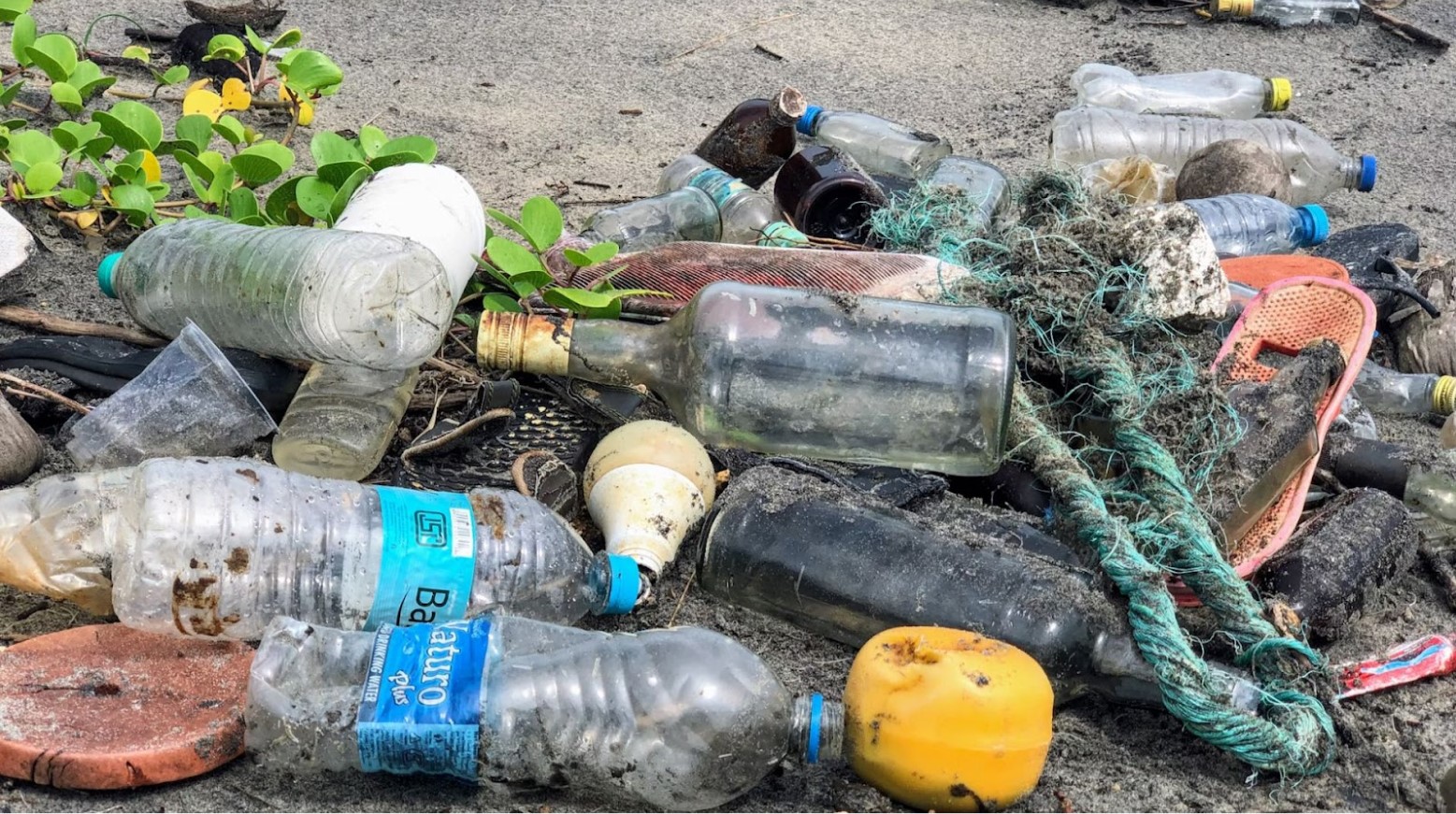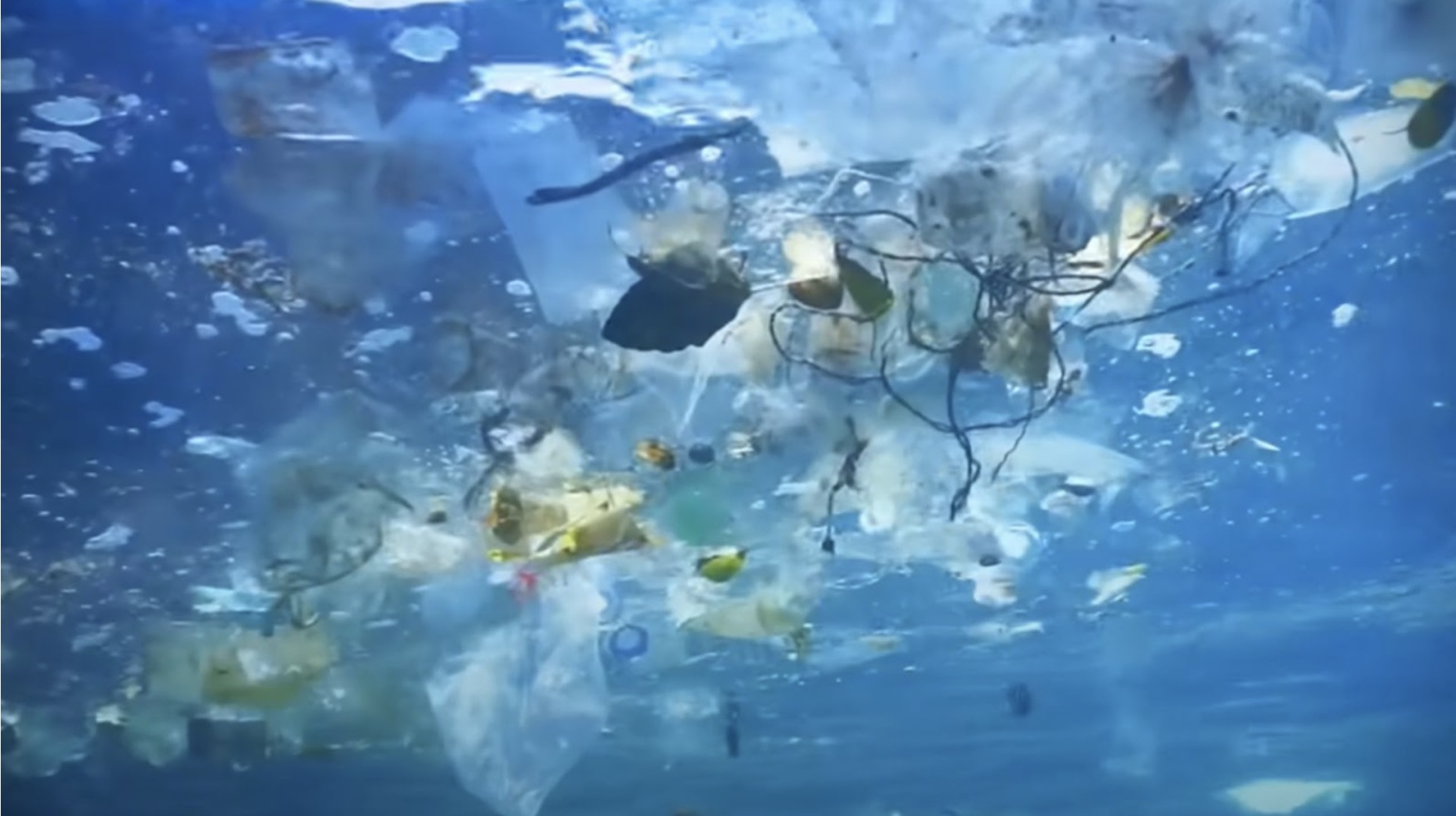A growing body of scientific data shows that microscopic pieces of plastic have begun appearing in almost every human organ, including the brain. Research on twenty-four brain samples collected in early 2024 shows, on average, about 0.5% plastic by weight.
Researchers leading the charge on the issue have called for more urgent action to rein in plastic pollution along with ways to remove plastics already present in the environment.
Where Have Microplastics Been Found?

So far, several studies on the subject have shown that microplastics have embedded themselves into human lungs, placentas, reproductive organs, livers, kidneys, knees and elbow joints, blood vessels, and bone marrow.
The findings show that it is “now imperative to declare a global emergency” on plastic pollution, according to Sedar Gündogdu, a researcher of microplastics at Cukurova University in Turkey.
What Are Microplastics?

Microplastics are defined as small fragments that are smaller than 5mm in diameter. The debris can come in all shapes and make its way into every corner of the Earth. Previously, microplastics have been found in frozen ice in the furthest corners of Antarctica.
The pieces find their way into the water supply after being washed down the drain and often come from toothpaste, beauty and cleaning products, or larger pieces of plastic breaking up over time. Widespread plastic pollution makes its way into our air, food, and water supply, where humans inject the tiny pieces.
What Is the Harm of Microplastics?

Since the science and study of microplastics are still emerging, the long-term effects of plastic pieces invading our bodies aren’t known yet. It will take decades of long-term studies and research to determine the true danger.
So far, the scientific community has illuminated some dangers. A study published in The New England Journal of Medicine revealed a strong connection between the presence microplastics in the body and cardiovascular disease. The study empirically proved a direct link to increased risk of heart attack, stroke, and even death in some instances.
Animal Studies Show More Danger

Recent studies performed on animals in connection to the issue of microplastics also show a lurking danger of reproductive and fertility issues.
Even more, several cancers have been attributed to heightened exposure to plastics and forever chemicals, as well as impaired learning and memory.
Standards Are Needed

The researchers in the study note that there are currently no governmental rules in place for plastic particles in food or water in the United States.
However, the Environmental Protection Agency (EPA) has already begun working on guidelines for measuring plastic and avoiding its introduction in food and drinks. The group also gave out grants in 2018 for developers to find new ways to detect and quantify plastic particles in water quickly.
Pretty Alarming

Bethanie Carney Almroth, an ecotoxicologist at the University of Gothenburg in Sweden, says that finding more and more plastics in human organs is “scary.”
Studies have shown that the livers, kidneys, and brains of biopsied bodies all contain microplastics. However, the 91 brain samples contained, on average, about 10 to 20 times more plastic than other organs.
The Results Are Shocking

The lead researcher, Matthew Campen, a toxicologist and professor of pharmaceutical sciences at the University of New Mexico, said that the results came back as a total shock to the team.
The study also found that 24 brain samples measured, on average, about 0.5% plastic by weight. This figure means that, on average, our brains weigh 0.5% of just microplastics. “It’s pretty alarming,” Campen said. “There’s much more plastic in our brains than I ever would have imagined or been comfortable with.”
Plastic Pollution Is Only Getting Worse

The study also described the brain samples as “one of the most plastic-polluted tissues yet samples.”
The dramatic increase in plastics found in the body shows that despite efforts to reduce plastic waste, the world is using and discarding plastic at increasing rates.
Concerning Link to Dementia

The study of brain samples also showed a mega-concerning trend that might be too far gone already.
In the study, 12 brain samples were taken from people who had died from dementia, including Alzheimer’s disease. These brains in particular, contained more than 10 times the plastic by weight than healthy brain samples. “I don’t know how much more plastic our brain can stuff in without it causing some problems,” Campen said.
Plastics Are Increasing Over Time

The samples taken from brains in 2024 also showed a 50% increase in plastic compared to samples taken from brains in 2016.
This finding shows that the concentration of plastics in human brains is rising at a similar rate to that found in the environment.
The Body Can’t Keep Up

Almroth also notes that the “the blood-brain barrier is not as protective as we’d like to think” referring to the membranes that keep chemicals and pathogens from reaching the central nervous system.
Unfortunately, the human body cannot evolve as fast as the increased use of microplastics in the environment. For now, long-term studies will be needed to determine the full risk.








































